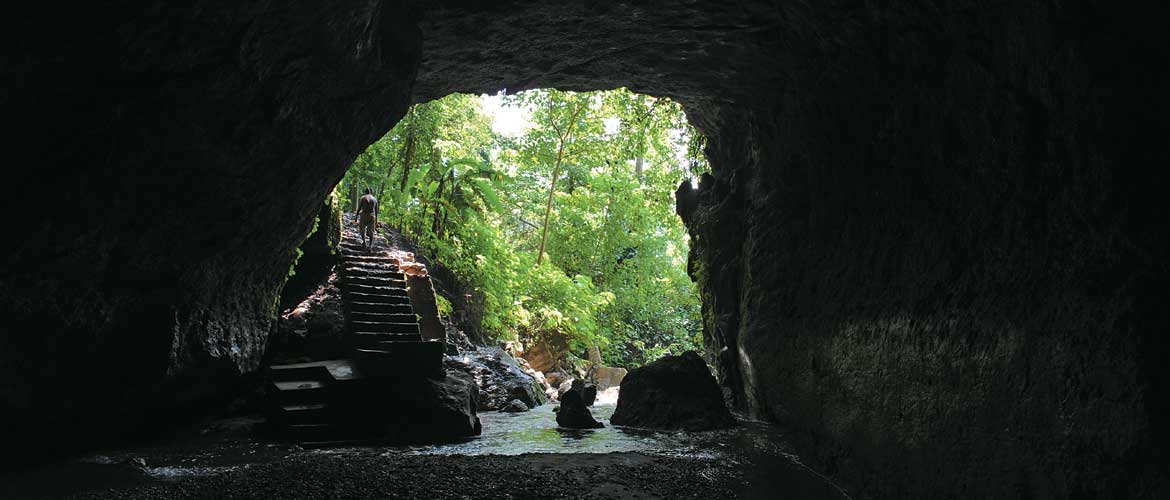Nestled in the northeastern region of India, Meghalaya is a hidden gem for adventurers seeking to explore the wonders of underground caves. With its abundant limestone formations and unique geography, this state is often referred to as the “Caving Capital of India.” Meghalaya’s caves offer a surreal experience, immersing you in a subterranean world of mystery, beauty, and geological marvels.
Meghalaya is home to some of the longest and deepest caves in South Asia, attracting caving enthusiasts from around the world. The Khasi and Jaintia Hills in Meghalaya are particularly rich in limestone, which over time, has given rise to an extensive network of caves. From vast caverns and underground rivers to delicate stalactites and stalagmites, the caves of Meghalaya hold countless treasures waiting to be discovered.
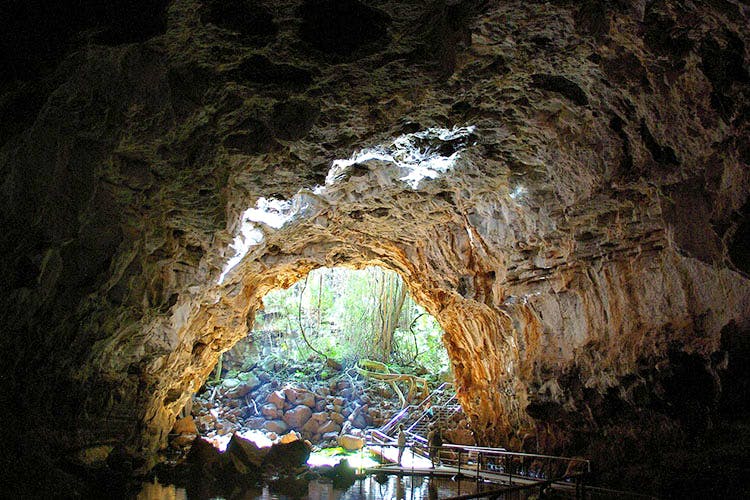
The Mawsmai Cave in Cherrapunjee is one of the most popular and accessible caves in Meghalaya. As you enter the cave, you are greeted by intricate limestone formations that have been shaped by thousands of years of water erosion. Stalactites hang from the ceiling like chandeliers, while stalagmites rise from the ground, creating a mesmerizing spectacle. The narrow passages, cool air, and echoes of water droplets create an otherworldly ambiance, making it an ideal introduction to the world of caving.
For those seeking a more adventurous and challenging experience, the Krem Liat Prah cave system in the Jaintia Hills awaits. This vast cave system is known for its sheer size and complexity, with multiple entrances and passages spanning over 30 kilometers (18.6 miles). Caving expeditions in Krem Liat Prah require experienced guides and proper equipment as you navigate through narrow passages, wade through underground rivers, and squeeze through tight squeezes. The sense of exploration and discovery as you venture deeper into the cave is truly exhilarating.
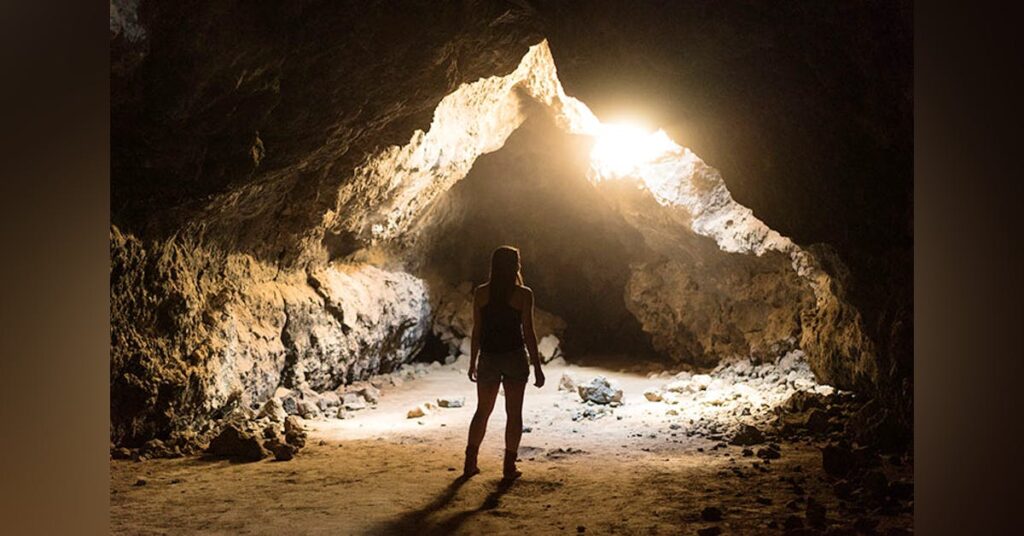
Another remarkable cave in Meghalaya is the Siju Cave in the Garo Hills. This cave is famous for its massive chambers, intricate formations, and the presence of unique species like the cavefish and the Krem Puri cave crab. As you explore the chambers, you’ll witness stunning formations, including delicate cave curtains, flowstones, and cave pearls. The Siju Cave showcases the delicate balance between nature’s artistry and the forces that shape the underground world.
Caving in Meghalaya is not just about the geological wonders; it’s also an opportunity to witness the rich cultural heritage of the local communities. The Khasi, Jaintia, and Garo tribes have long coexisted with the caves, considering them sacred and imbued with spiritual significance. Many of the cave systems have legends and folklore associated with them, passed down through generations. Interacting with the locals and hearing their stories adds a cultural dimension to your caving adventure, deepening your understanding of the region’s history and traditions.
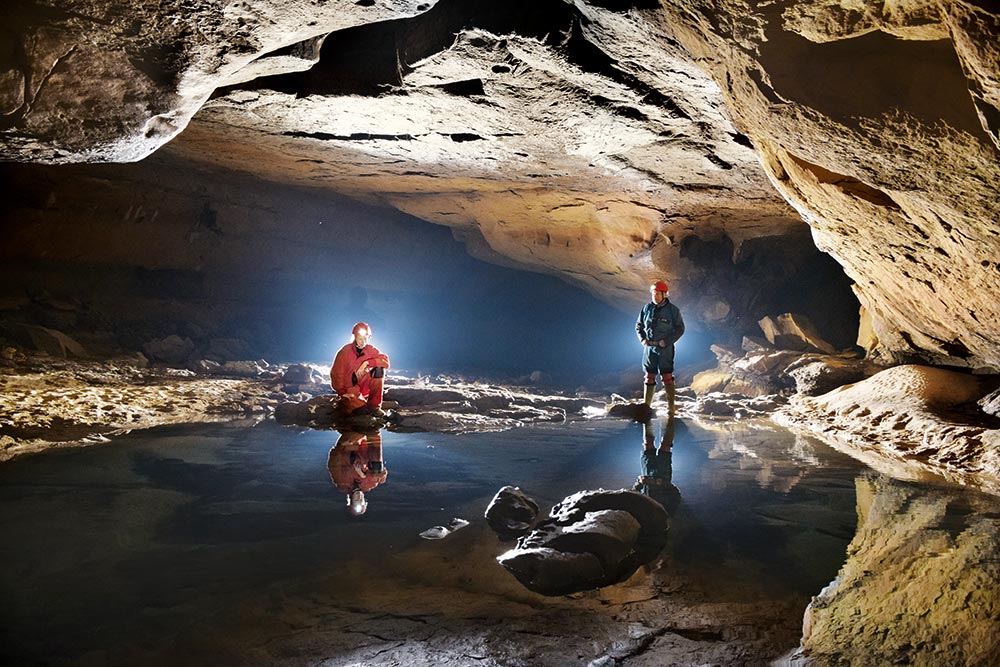
Safety is paramount when venturing into the caves of Meghalaya. It is essential to explore caves with experienced guides who are knowledgeable about the cave systems, safety protocols, and rescue techniques. Proper caving gear, including helmets, headlamps, and sturdy footwear, should be worn to ensure your safety and minimize your impact on the fragile cave environment.
Caving in Meghalaya offers a unique perspective on the Earth’s natural history and the delicate balance between geological processes and the environment. It is a chance to witness the incredible power of water in shaping the underground landscape over thousands of years. Exploring the caves provides a sense of adventure as you navigate through hidden passages, squeeze through narrow openings, and marvel at the formations that nature has crafted.
Beyond caving, Meghalaya offers a wealth of other natural wonders to explore. From its picturesque waterfalls and living root bridges to its misty valleys and vibrant culture, the state is a treasure trove of experiences. You can take scenic hikes through lush forests, visit traditional villages, sample local cuisine, and immerse yourself in the warm hospitality of the locals.
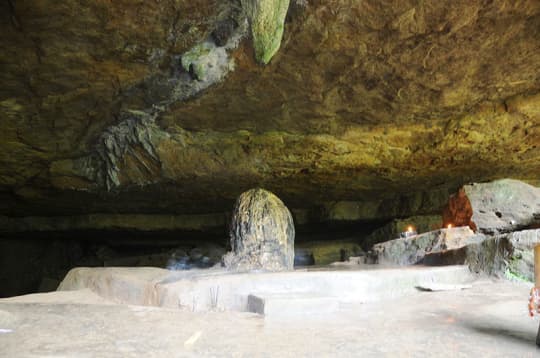
Caving in Meghalaya is an invitation to unravel the mysteries hidden beneath the Earth’s surface and experience the awe-inspiring beauty of underground wonderlands. It is an adventure that will leave you with indelible memories, a deep appreciation for the forces of nature, and a sense of wonder for the unknown. So, grab your headlamp, strap on your gear, and get ready to explore the mesmerizing world of caves in Meghalaya.
The Cave Laitmawsiang Garden Meghalaya’s Laitmawsiang is one of India’s best-kept secrets. With sweeping vistas of forested valleys, clear lakes, brilliant waterfalls, and prehistoric caverns, the area is home to cotton candy clouds. Litmawsiang, a perfect retreat to rest amidst nature, is peppered with several examples of British colonial architecture. It is situated in East Khasi Hills’ Khatarshnong Laitkroh neighborhood. On the way to Cherrapunji, the village’s old caverns, gardens, and waterfalls are home to prehistoric fossils. One of northeast India’s seven sister states is Meghalaya.

One of the most well-known tourist destinations in Laitmawsiang is the Garden of Caves. Sum Syeim Falls, U Mawhdohnud (heart-shaped rock), Ka Synrang Ryiem, Ki Stieh Maw, Arsdad, and Riat Umlwai waterfalls are the seven main attractions in the 2.5-hectare region. A resting spot for caves and cascades that were mostly formed by seasonal rainfalls may be found in the Garden of Caves.
